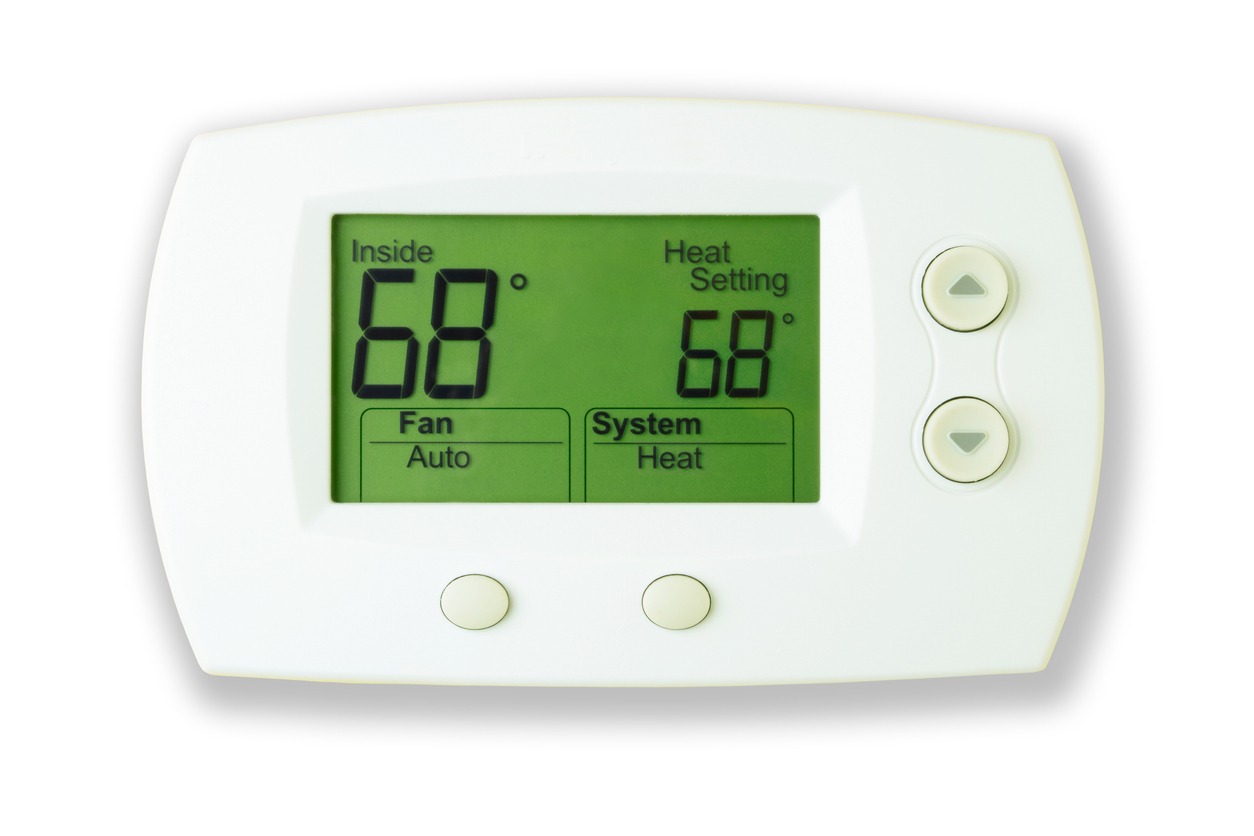One of the first steps in buying a new home is obtaining homeowners insurance. Lenders will not close on a home unless it is insured. Unfortunately, homeowners sometimes discover that their new home does not qualify for standard insurance, despite having passed home inspections. While each insurance company has its own underwriting standards and procedures, below are some things that may make obtaining insurance more difficult or expensive:
- Roof Condition – the most common exterior problems that insurance companies consider are those related to the roof. Roofs that are worn, old, damaged, or have a poor water removal design may make it more difficult for a homeowner to obtain insurance.
- Ivy and climbing plants – plants growing on the exterior of the home can block gutters, retain moisture, and aid in the deterioration of wooden structures. Increased moisture can also cause roofing problems.
- Stairs – missing guard rails or missing stairs that were never installed or replaced may be taken into consideration by an insurance company.
- Frame buildings – buildings closer than 10 feet to other structures can create a fire risk.
- Adjacent to empty lots or vacant structures – the location of the home may impact its ability to be covered by property insurance.
- Synthetic stucco – if the stucco is not properly installed or maintained, it can crack or holes can form, potentially leading to water damage.
- Older electrical systems – most common interior problem.
- Recent major upgrades – the insurance company may request receipts and require that the work was performed by licensed contractors.
Homeowners and home inspectors should look for any of the above listed factors that might make obtaining an insurance policy burdensome. Homeowners should also inquire as to whether any insurance claims have been made on the property previously, since a prior claim could affect the current insurability of the property.



